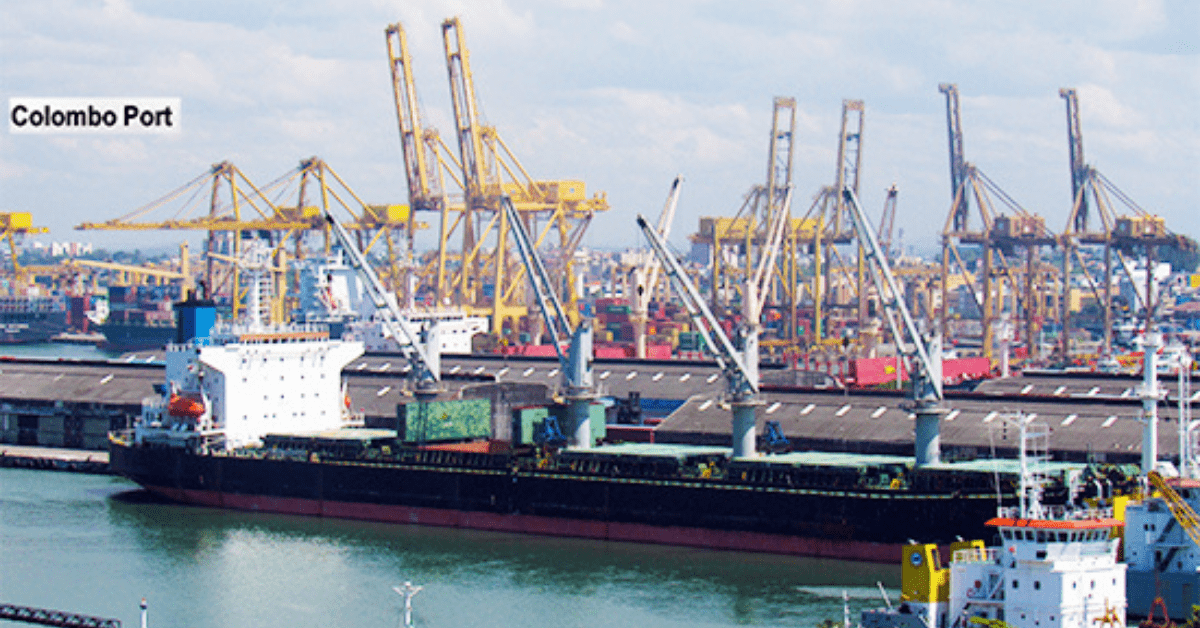The net-zero promise follows the port’s recent investment of more than US$625 million in infrastructure. This includes the South Harbour development, which will open up new business potential in the energy transition, such as offshore wind, hydrogen, and decommissioning.
Port of Aberdeen will assess its emissions against a 2019 baseline to track its progress towards net zero, with 55,000 tonnes of CO2 equivalent emitted over scopes 1, 2, and 3. Notably, 9,500 vessel arrivals were responsible for 97% of emissions.
The introduction of shore power at scale, starting with first power at three berths in 2024, and facilitating low carbon alternative fuels for client vessels are expected to generate significant reductions in emissions in the years to come.
“Achieving success in these areas will require a phased approach and strong partnerships with stakeholders, investors, and vessel owners,” said Port of Aberdeen in a statement.
The Scottish port has already made steps to lessen its environmental effect, beginning with the deployment of electric vehicles and the installation of LED lighting on the quaysides.
A number of initiatives are now underway or planned, including the testing of hydrotreated vegetable oil for port-owned ships and equipment and the investigation of the viability of onsite energy generation for the port estate.









